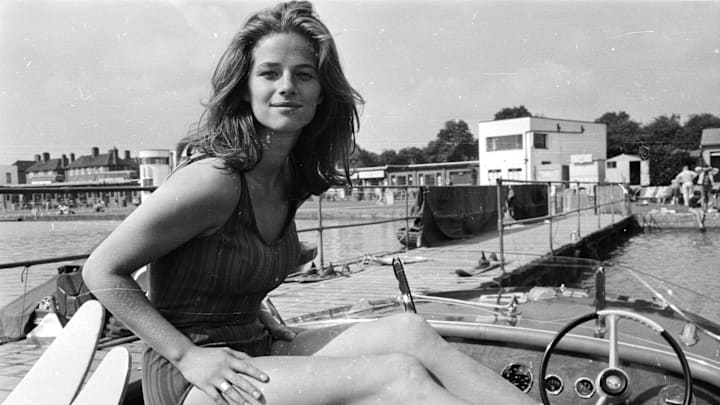The Role of Fashion in Film: Iconic Movie Costumes and Their Legacy

Fashion in film plays a crucial role in defining characters, setting the tone, and contributing to the visual storytelling of a movie. Iconic movie costumes have left a lasting impact on popular culture, influencing fashion trends and becoming symbols of the characters who wore them.
One of the earliest examples of the influence of film fashion is Audrey Hepburn’s little black dress in Breakfast at Tiffany’s (1961). Designed by Hubert de Givenchy, the dress became an iconic piece that epitomized elegance and sophistication, solidifying the LBD as a wardrobe staple. Similarly, Hepburn’s outfits in Sabrina (1954) and Funny Face (1957) showcased the power of fashion in film, with her stylish ensembles inspiring countless trends.
In the 1970s, Diane Keaton’s androgynous wardrobe in Annie Hall (1977) introduced the world to a new style of dressing. Her character’s layered menswear-inspired looks, featuring oversized blazers, ties, and wide-legged trousers, challenged traditional notions of femininity and influenced women’s fashion for years to come.
The 1980s saw the rise of bold and extravagant costumes in films like Scarface (1983) and Working Girl (1988), reflecting the decade’s obsession with power dressing. Michelle Pfeiffer’s sleek and sultry looks in Scarface became iconic, while Melanie Griffith’s shoulder-padded suits in Working Girl symbolized the era’s corporate ambitions.
The 1990s brought a more minimalist approach to fashion in film, with characters like Gwyneth Paltrow’s Margot Tenenbaum in The Royal Tenenbaums (2001) embodying a quirky, yet sophisticated style. Her signature fur coat and tennis dress became cult fashion items, influencing both runway collections and street style.
In the 21st century, films like The Devil Wears Prada (2006) and Sex and the City (2008) have further cemented the relationship between fashion and film. These movies not only showcased high fashion but also explored the fashion industry itself, influencing how audiences perceive and engage with fashion.
In conclusion, fashion in film plays a vital role in character development and visual storytelling. Iconic movie costumes have left a lasting legacy, influencing fashion trends and becoming cultural touchstones that resonate far beyond the silver screen.